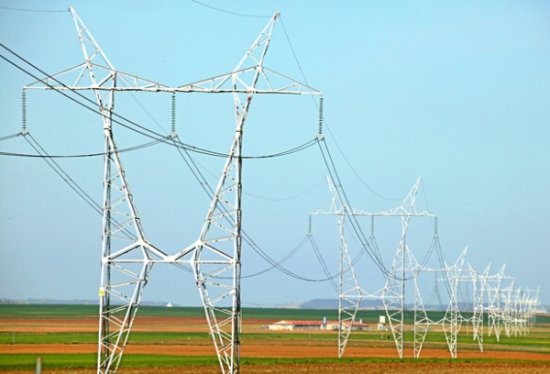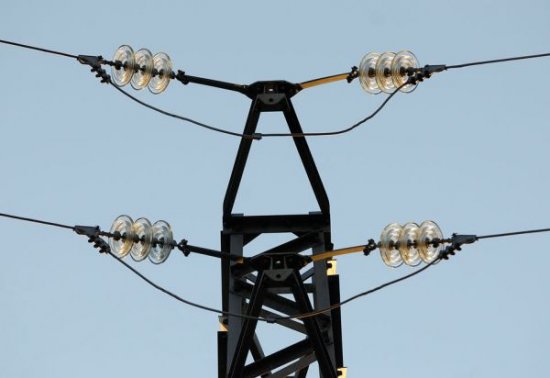Electric energy: advantages and disadvantages
The advantages of electrical energy over other types of energy:
- the ability to easily and quickly transmit at any distance;
- the ability to separate any parts;
- ease of conversion into other types of energy (light, heat, mechanical, etc.).
Scientific and technical progress is impossible without electricity.
Electrical energy — this is one of the most sought-after types of goods. Like any product, electric energy has a set of properties characterizing its ability to meet certain requirements of consumers: the timeliness of the supply of electricity, the required volume, the reliability of the power supply and the quality of the supplied electricity.
The real problem with modern power is the problem of ensuring the quality of electrical energy at consumer terminals.
Electric energy has only one serious drawback - its danger to human life… Electric current, according to its effect on a person, can be conditionally divided into three types:
-
tangible: more than 0.6 mA — causes slight itching, more than 3 mA — irritation, more than 8 mA — involuntary contraction of the muscles of the hand;
-
non-releasing: more than 10 mA — causes spasms in the muscles of the hands, the victim cannot open his hands, more than 25 mA — cramps not only in the muscles of the hands, but also in the body, more than 50 mA — loss of consciousness, cessation of breathing and even death;
-
fibrillation — more than 100 mA — irritates the heart muscles, constricts blood vessels, stops blood flow, causes death.
It is generally accepted that a current above 50 mA is dangerous to human life.
Is it possible to reduce the risk of electric shock? It is possible if measures are taken to increase the resistance of the branch through which the current flows. So, if a person who touches live parts stands on a rubber pad that rests on a dry wooden floor, then even at a voltage of 380 V, the current will not exceed 5 mA, that is, it will only cause irritation. Therefore, one of the ways to increase electrical safety when working with electrical installations is the use of dielectric carpets, insulating supports, dielectric gloves and boots, insulating rods, tools with insulated handles, etc.
It's another way grounding of equipment elementswhich can be touched by a person and which are normally not energized. In the presence of grounding, the human body is connected in parallel to the grounding electrode, the resistance of which is many times less than the resistance of the human body. Therefore, if the insulation is broken and the voltage hits the casing of the equipment, a small current will flow through the human body if it touches the casing, which is safe for his health.
All live parts of machinery and mechanisms must be protected with suitable covers and guards.
The most effective way to protect a person from electric shock is to turn off the power as quickly as possible in any abnormal situation. The travel time also determines the value of the safety current. If at a trip time of 1 s, the safe current is considered to be less than 50 mA, then at a trip time of less than 0.1 s, it increases to 400 mA.
It's shutdown time residual current device (RCD), which is a high-speed circuit breaker. It is designed to protect people from electric shock and prevent the consequences caused by a short circuit in the electrical wiring, in the event of damaged electrical equipment or accidental human contact with exposed conductive parts of electrical equipment.


